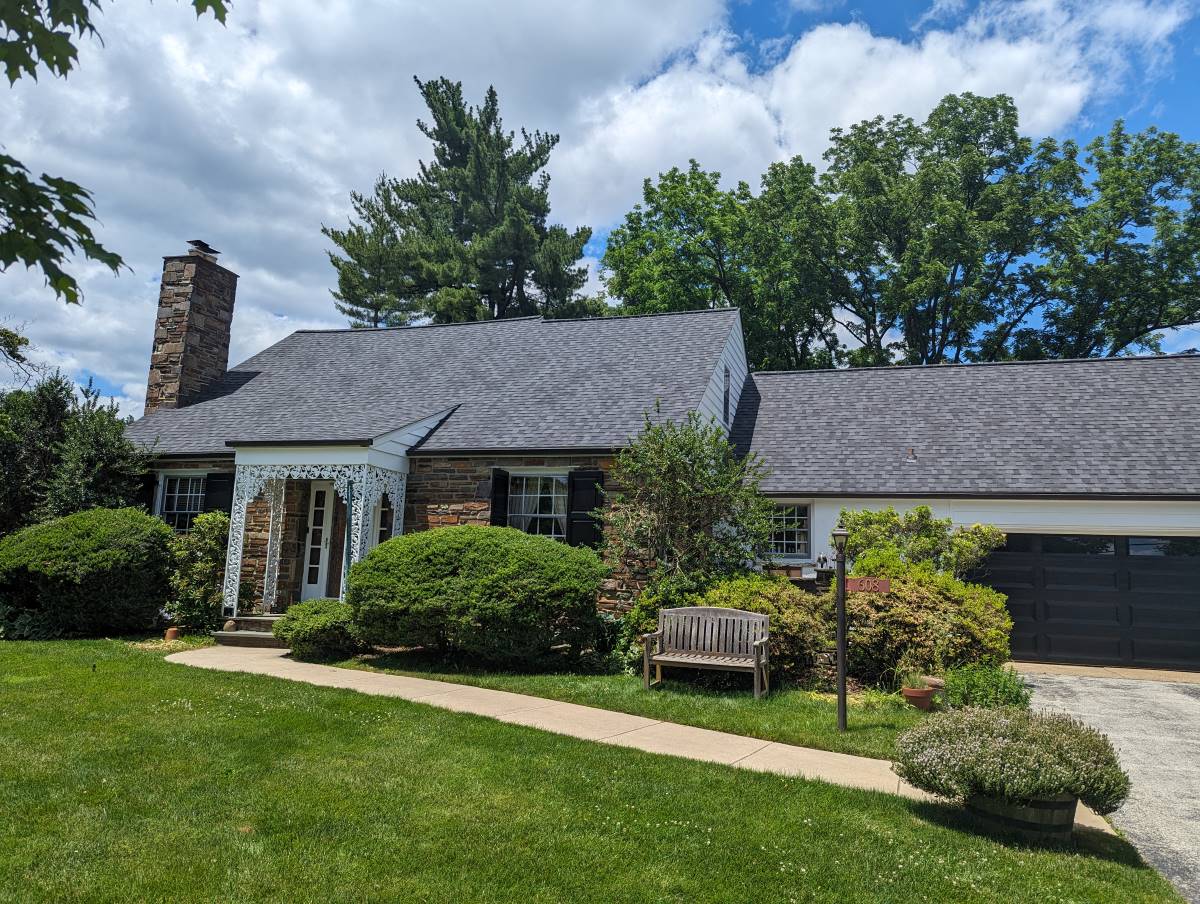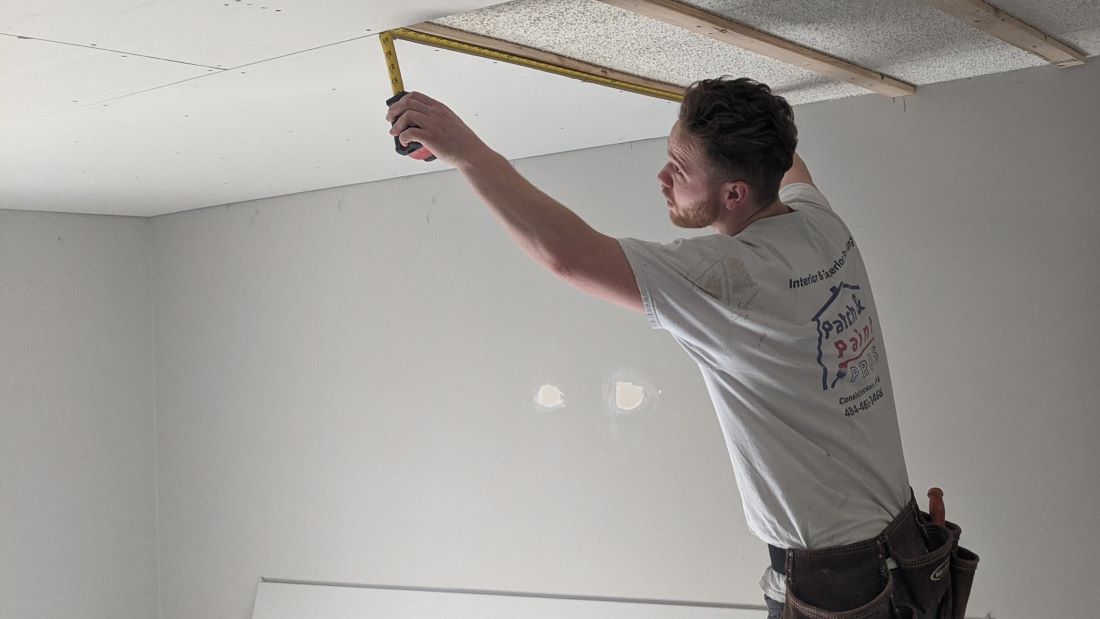Are you tired of dealing with messy splatters and drips while painting your walls or furniture? Using a paint sprayer can help you achieve a clean and smooth finish without any unwanted mess. Not only does it save you time, but it also reduces the amount of paint wasted due to splatter. In this article, we will discuss the benefits of using paint sprayers for splatter control and how they can make your painting experience more enjoyable.
Painting can be a fun and creative activity, but it can quickly turn into a frustrating chore if you have to deal with unexpected splatters and drips. That’s where using a paint sprayer comes in handy. By atomizing the paint into tiny particles, it delivers an even coat without leaving behind any noticeable marks or streaks. Plus, since the spray nozzle gives you more control over the application process, you can easily adjust the pressure and angle to suit your needs. So why settle for traditional brushes or rollers when you can take advantage of modern technology to achieve professional-looking results?
Understanding the Importance of Splatter Control
You don’t want to be dealing with messy splatters on ceilings and trims, and all over your walls, so it’s crucial to understand the importance of using a paint sprayer for precise and controlled application. One of the benefits of paint sprayers is minimizing mess. Unlike brushes or rollers that can create drips and splatter, paint sprayers apply an even coat of paint without leaving behind any excess or wasted paint.
Another advantage of using a paint sprayer is preventing wasted paint. With traditional painting methods, you may end up using more paint than necessary due to uneven application or oversaturation in certain areas. Paint sprayers allow you to control the amount of paint being used and distribute it evenly, resulting in less waste and cost savings in the long run. Understanding these benefits can make your painting project much easier and more efficient, ultimately leading to a smoother finish.
Choosing the Right Paint Sprayer
When choosing a paint sprayer, there are several factors to consider. You need to think about the type of project you’re working on, the type of paint you’ll be using, and how much painting experience you have. There are also different types of paint sprayers available, each with their own advantages and disadvantages.
Factors to Consider When Selecting a Paint Sprayer
One important factor to consider when selecting a paint sprayer is the type of project you will be working on and the level of detail required. If you are working on a small project such as painting a single room, then a handheld paint sprayer may suffice. However, if you are working on larger projects like painting the exterior of your house or spraying furniture, then a larger and more powerful sprayer may be necessary.
Another factor to consider when selecting a paint sprayer is your budget. Paint sprayers can range in price from less than $100 up to thousands of dollars depending on their features and capabilities. It’s important to determine your budget before making any purchases so that you can narrow down your options and find the best spray gun for your needs without overspending. Keep in mind that while lower-priced models may save you money upfront, they may not have as many features or last as long as higher-end models, so it’s important to weigh the pros and cons before making any final decisions.
Types of Paint Sprayers Available
Looking for a quick and easy way to apply paint? Check out the different types of paint sprayers available on the market! There are two main categories of paint sprayers: airless and HVLP.
Airless sprayers use high pressure to atomize the paint, creating a fine mist that covers large areas quickly. They are ideal for exterior painting projects, such as painting a house or fence. HVLP sprayers, on the other hand, use low pressure to spray the paint in an even coat. They are perfect for interior projects like cabinets or furniture. While airless sprayers can cost more upfront, they tend to be faster and more efficient than HVLPs. However, if you’re looking for precise control and minimal overspray, you may want to consider investing in an HVLP sprayer instead. It’s important to compare the costs of different types of paint sprayers before making your decision so that you get the best value for your money.
Tips for Using Paint Sprayers for Splatter Control
When it comes to controlling splatter while using paint sprayers, there are few things more important than mastering the proper technique for spraying paint. You’ll also want to make sure you’re preparing your painting surface appropriately, taking care to clean and smooth out any imperfections before you begin. Finally, don’t forget about the importance of cleaning and maintaining your paint sprayer after each use to ensure optimal performance every time.
Proper Technique for Spraying Paint
To achieve a smooth and even coat of paint, it’s important to maintain a consistent distance from the surface while spraying. This is because the spray pattern will be affected by how far away you hold the sprayer. If you hold it too close, the paint will splatter and create an uneven finish. On the other hand, if you hold it too far away, the paint won’t adhere properly and you’ll end up with thin spots.
Distance control is especially important when spraying corners and edges. You should start spraying before reaching the corner or edge, then release the trigger after passing it. This will prevent any excess paint buildup that could cause drips or runs. By mastering your technique for spraying paint with a sprayer, you can achieve professional-looking results with minimal splatter or mess.
Cleaning and Maintaining Your Paint Sprayer
Properly maintaining your paint sprayer is essential for its longevity and optimal performance. One of the most important things you can do to ensure your sprayer works properly is to clean it after each use. This will prevent any leftover paint from clogging the nozzle or other parts, which can cause splatters during your next painting project.
To clean your sprayer, first disassemble all the parts and remove any excess paint. Then, rinse everything with water or a cleaning solution recommended by the manufacturer. Be sure to pay special attention to the nozzle and other small parts that can easily get clogged with dried paint. If you notice any buildup or debris that won’t come off with cleaning alone, try using a small brush or toothbrush to gently scrub away the residue. Troubleshooting tips are also available in your user manual, so be sure to refer to it if you encounter any issues while using your sprayer.
Cleaning and maintaining your paint sprayer may seem like a chore at first, but doing so regularly will save you time and headaches in the long run. With proper care, your sprayer will continue to deliver smooth and even coats of paint without any unwanted splatters or drips.
Other Benefits of Using Paint Sprayers
You’ll be pleasantly surprised by the added benefits of using paint sprayers, such as quicker and smoother application, reduced overspray, and less strain on your hand and wrist. But wait, there’s more! Here are some other advantages you can enjoy when using paint sprayers:
- More even coverage: Since paint sprayers release a fine mist of paint particles, they can cover surfaces more evenly than brushes or rollers.
- Greater flexibility: Paint sprayers come with various nozzles that allow you to adjust the spray pattern and flow rate depending on the project’s demands.
- Easy cleanup: Unlike brushes and rollers that require hours of cleaning after use, paint sprayers can be cleaned in minutes with just water or solvent.
- Professional-looking finish: With their ability to apply multiple coats in one pass and create a smooth surface without brush marks or roller stipple, paint sprayers give your project a flawless look comparable to professional results.
Using a paintbrush or roller may seem like the traditional choice for painting projects. Still, once you’ve experienced the time-saving efficiency, consistency of coverage, ease of use, and professional-looking finish provided by a good-quality paint sprayer – it is challenging to go back. With so many advantages at hand with every use of this tool – it’s a no-brainer why professionals are using them more often than any other method.
Final Thoughts
So there you have it – the benefits of using paint sprayers for splatter control! By using a paint sprayer, you can achieve a more even coat of paint while also minimizing mess and clean-up time. Remember to choose the right type of sprayer for your project and practice the proper technique to ensure the best results. Not only will your finished product look better, but you’ll save yourself time and frustration in the process.
But wait – there’s more! In addition to splatter control, paint sprayers offer other benefits such as faster application time, smoother finishes, and the ability to reach tight spaces or difficult angles. So next time you’re considering painting a room or furniture piece, consider investing in a paint sprayer for all-around better results.











